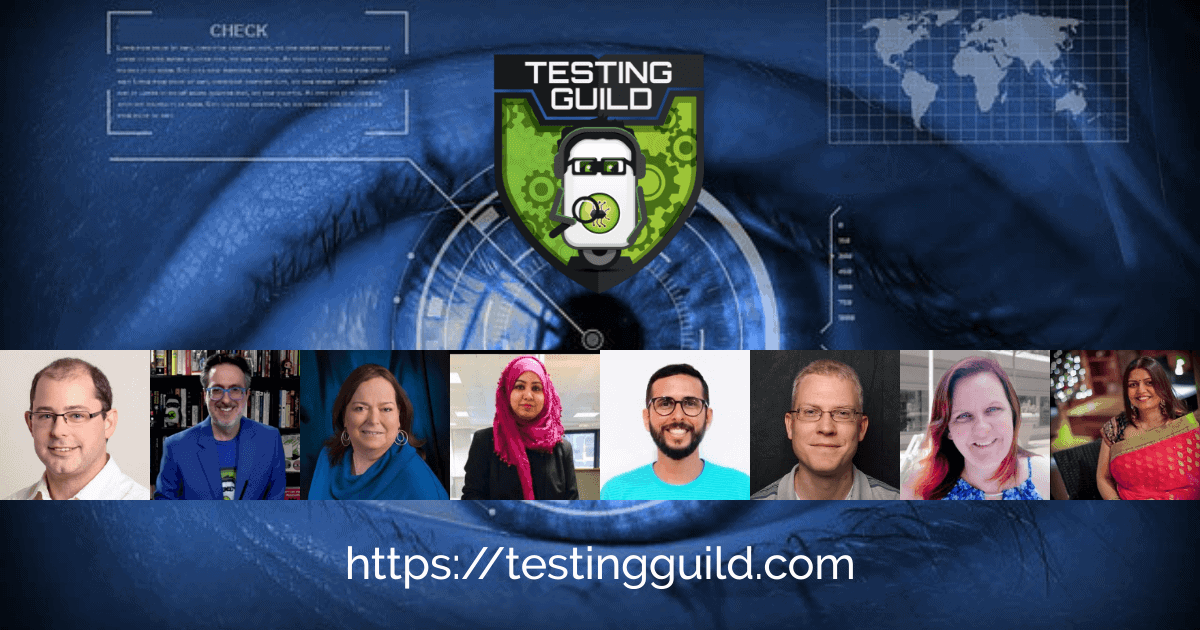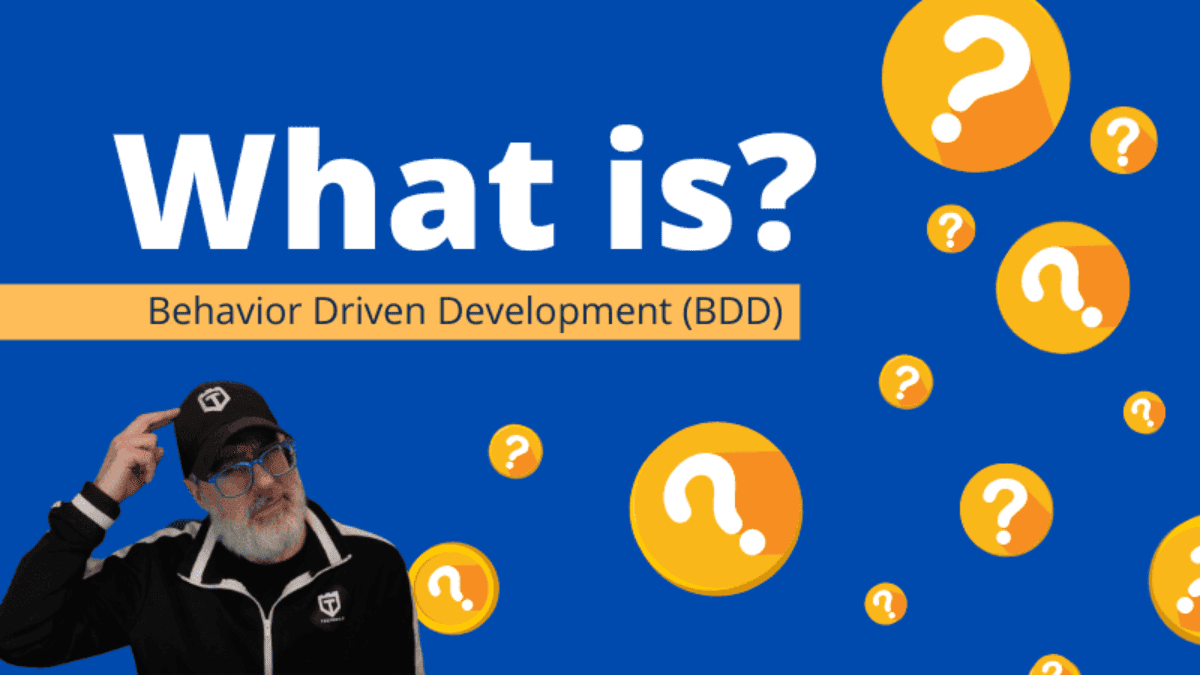If you attended the AiSummitGuild, you know there are more and more tools leveraging machine-learning algorithms to help with software testing. Most of the tools mentioned during the summit were for helping to drive a browser or application to emulate a user interacting with an application.
But what about leveraging AI for helping with other areas of testing, like test data management?
What is Test Management
Before we take a look at an awesome open source tool that can help with just that, let’s first be sure we’re all on the same page when talking about test management.
Test management is an integral part of the software development process; it focuses on managing the software testing piece of the process. We use test management for both manual and automated testing.
In test management, we perform functions like test planning, testing estimation, monitoring our team's operations, and mentoring the teams.
Test management plays a significant role in the implementation of these practices. It also helps make test managers’ and leads’ jobs easier.
Although there are many helpful test management tools, many of them have drawbacks when it comes to actually analyzing all your data automatically and giving you deep insights into your data. (*If you’re struggling with choosing the right test management tool for your team, we also have an excellent session by Chad Capson: How to Pick and Implement a TestCase Management System)

WEKA for Test Management Predictions
That’s why I’m excited about an upcoming session by Bhavani R at this year’s Testing Guild (taking place Jun 20-22th). Bhavani will show how she uses a tool called WEKA to help her make predictions for her team’s test data activities, like test estimation, test coverage, and issue forecasting.
Waikato Environment for Knowledge Analysis (WEKA) is an open-source tool developed by the University of Waikato. It’s a collection of machine learning algorithms written in Java for data mining tasks. WEKA gives you an implementation of learning algorithms that you can easily use with your datasets. It also comes with a bunch of tools that can transform datasets as well, and it’s pretty easy to download and install.
Four Areas of WEKA
There are four main UI parts that makeup WEKA:
- The Explorer is the primary graphical user interface that gives you access to most of the functionality.
- The Knowledge Flow allows you to process, view and visualize the data.
- The Experimenter can help you answer questions, like whether one classifier is better than another on a particular dataset.
- The Workbench is the unified UI for WEKA.
A typical use of WEKA is to use a learning method to a dataset and analyze its output to discover more about the data. You can also use learned models to generate a prediction of new instances.
Using WEKA for Machine Learning of Test Management Data
In Bhavani’s session, she’ll walk you through the appropriate setup steps to make test coverage predictions using the WEKA’s UI Explorer with its Knowledge Flow Interface. She’ll also demonstrate how you can create and save your testing model in WEKA to reuse it with new datasets for making predictions.

Join the Online Conference and Community Dedicated to Testing
To see how you can use WEKA to help you with your test management, be sure to register today for the Testing Guild.






Valuable post Joe. Machine learning can become an integral part of our future given its many advantages. Sophisticated pattern recognition can ease pre-processing requirements and accelerate the process. Intelligent decision making like ignoring irrelevant data is another key advantage. Self-modifications in the algorithms can process the data better.
Thanks Fredrick. Would love to hear more about your experience with testing and machine learning!